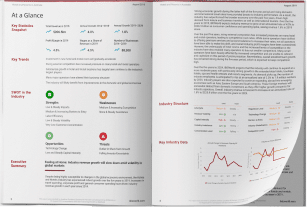2023 Version
2018 to 2021
saw an increase in the level of inequality experienced by First Nations Peoples in Australia.
Early childhood education rates were at 96.7% in 2021.
68.1% is the rate of year 12 or higher completions in 2021 the highest recorded level over the decade.
Overview
The stark reality of Aboriginal and Torres Strait Islander people’s inequality persists as a constant reminder of a nation yet to fully address its history.
Per Capita examined First Nations inequality between 2010 and 2021, focusing on health and life expectancy, education, employment, housing and rates of incarceration.
Interpreting the Index charts and values
Consistent with other measures of inequality we present inequality as a value between 0 and 100, with 0 denoting perfect equality. At any value in excess of 0 there is inequality between the considered measures; the higher the value, the greater the level of inequality.
Because all values are in ratio terms the value may be interpreted as the distance from equality; for example, if wealth inequality is rated 70, this would indicate that the wealth of the highest income group would need to decrease by 70% for equality to be achieved. All index values are in the same percentage scale.
While significant progress in the reducing the very high rates of First Nations inequality was achieved in the first few years after 2010, that progress has since stalled. Key drivers of First Nations inequality include highly worrying increases in the rate of suicide among Aboriginal and Torres Strait Islander people and overincarceration, including significantly higher rates of youth detention.
Disclaimer – The analysis employs economic and econometric techniques to provide estimates of plausible terms to equality, based on the interval trend, they are not estimates of the predicted term to equality, which will be consequential to policy and regulatory settings, amongst other critical factors. The extant models provide an indication of the term to equality should extant 10 year trends continue.
How does the Index work?
This report, and the Index it explains, seek to address this gap in public information by providing a comprehensive and multidimensional measure of inequality that can inform policymaking and advocacy. By measuring shifts in measures of inequality the index and sub-indices afford a more comprehensive and nuanced representation of the root causes and impact of inequality in Australia.

